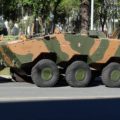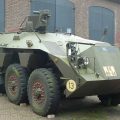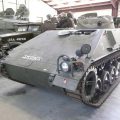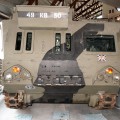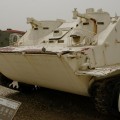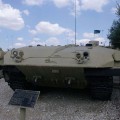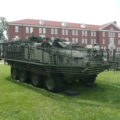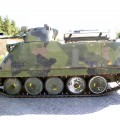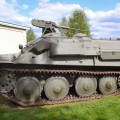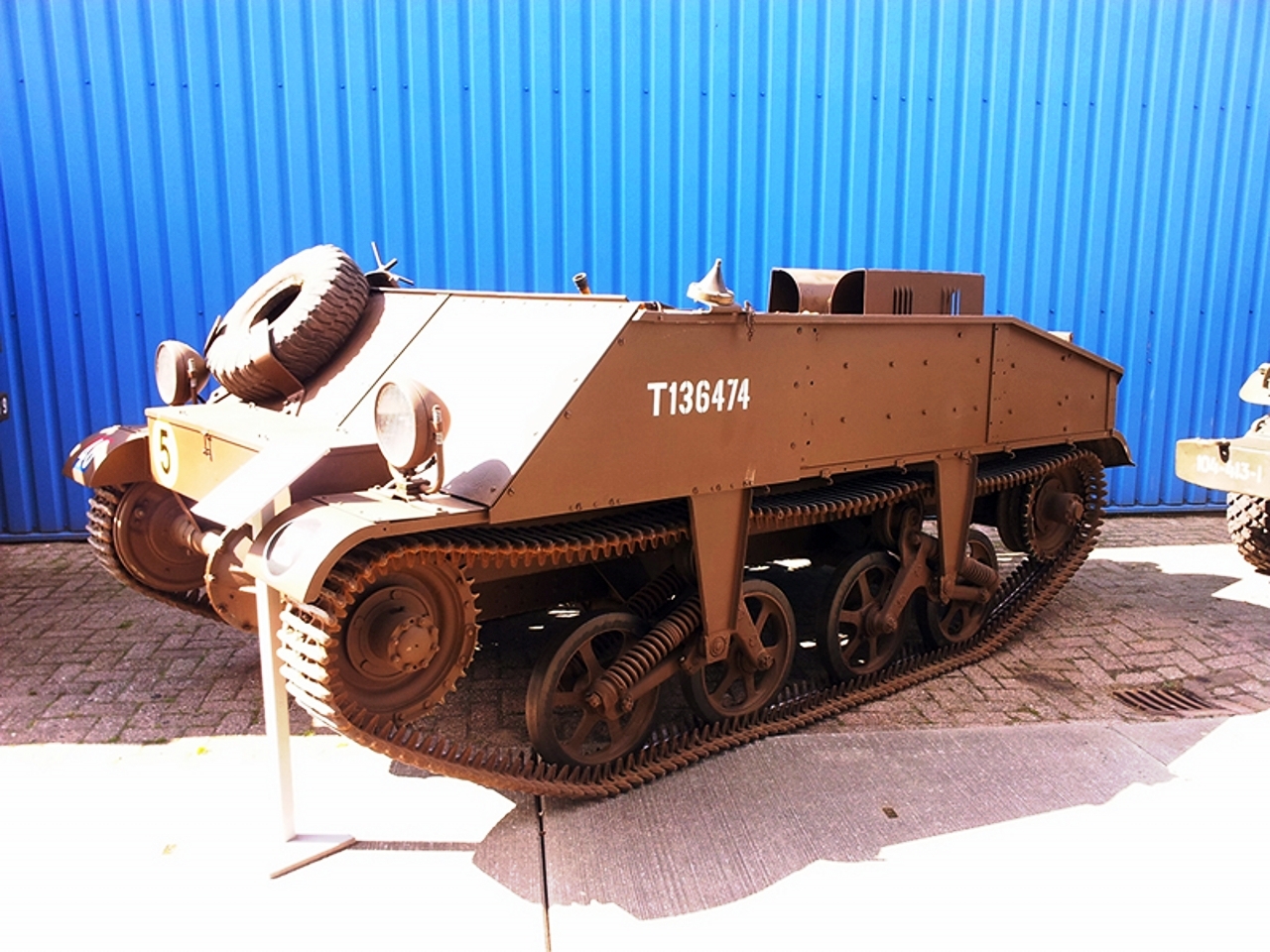
Loydas Carrieras | |
|---|---|
| Šalies | Jk |
| Vaidmenį | Šarvuotas personalo vežėjas |
| Tarnyboje | 1939–1960 m. |
| Pastatytas | 26000+ |
2007 Loydas Carrieras buvo viena iš daugelio mažų vikšrinių transporto priemonių, kurias Didžiosios Britanijos ir Sandraugos pajėgos naudojo Antrojo pasaulinio karo metu, kad galėtų gabenti įrangą ir vyrus mūšio lauke. Kartu su Bren, skautų ir kulkosvaidžių vežėjais jie taip pat perkėlė pėstininkų pagalbinius ginklus.
Šaltinis: Loyd Carrier Vikipedijoje
| CATI 90 mm Walk Around | |
|---|---|
| Fotografas | Unknow |
| Lokalizavimo | Nežinoti |
| Nuotraukos | 68 |
Susiję rinkiniai:
| Loyd Carrier Walk Around | |
|---|---|
| Fotografas | Robert Blokker |
| Lokalizavimo | Nežinoti |
| Nuotraukos | 119 |
Raskite rinkinius "eBay":
See also:
The Loyd Carrier was a versatile and reliable vehicle that served the British and Commonwealth forces in various roles during the Second World War. It was designed by Captain Vivian G. Loyd, who had previously collaborated with Sir John Carden on the development of the Carden-Loyd tankettes. The Loyd Carrier was based on the mechanical components of the Fordson 7V truck, with a sloped armored plate at the front and an open-top hull. It used the same track and suspension system as the Universal Carrier, which was the most produced armored vehicle of all time.
The Loyd Carrier could carry up to eight personnel or tow a 6-pounder anti-tank gun or other equipment. It was powered by an 85 hp Ford V8 engine that gave it a maximum speed of 30 mph on roads and a range of 140 miles. The Loyd Carrier was unarmed, but sometimes carried a Bren light machine gun for self-defense. It was widely used in Europe, North Africa and Asia, and also by the Danish, Dutch and Belgian armies after the war.
Views : 1004



